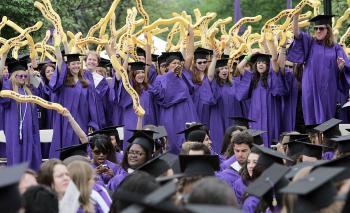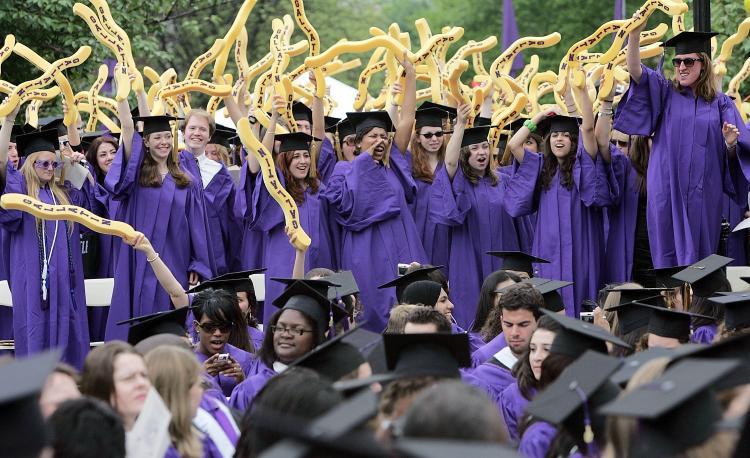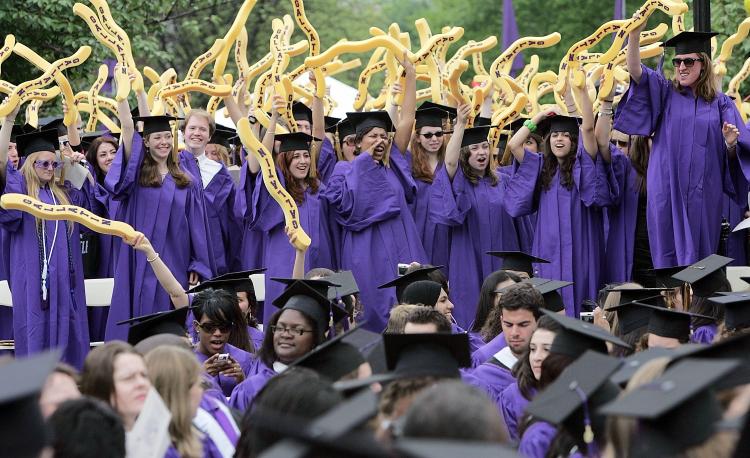NEW YORK—As credit markets for student loans continue to tighten, the federal government announced a new program to act as buyer of last resort for all student loans originated for the 2009-2010 school year.
Federal authorities estimated that around $60 billion of loans may be eligible for the purchase program. The announcement followed months of warning from analysts that the lack of capital among banks could leave students without the necessary money to cover the upcoming school year.
The Fed’s initiative aims to inject liquidity into the market and encourage student loan companies to remain in the marketplace.
“We recognize that the current economic situation has created real financial challenges for students and their families, who are increasingly concerned about how they can secure loans to help cover college costs,” said U.S. Education Secretary Margaret Spellings in a statement. “I want to reassure students and their families that Federal student aid—both grants and loans—remains available to eligible students.”
Packaged Loans
Similar to auto loans, credit card debt, and mortgages, student loans were once extremely profitable for banks. Investment banks packaged student loans into pools and then sold them off to investors as asset-backed securities. But the recent credit market turmoil has frozen the bond market, and lenders were unable to sell off student loan-backed securities.
There are two types of student loans—federally guaranteed loans and private loans. Students can apply for federally guaranteed loans up to a certain amount. The rest must be obtained from private lenders such as Citigroup or JPMorgan Chase.
With few available investors to buy such asset-backed securities, some smaller private lenders could not obtain enough capital and stopped making private student loans.
KeyBank, a large regional bank based in Cleveland, recently exited the student loan business. Like other banks that stopped granting loans, KeyBank blamed unprofitability and an uncertain credit environment for its decision.
According to Finaid.org, a Web site assisting students with loan decisions, a total of 168 education lenders have exited or suspended their participation in the federally-guaranteed student loan program.
Federal officials say that the new initiative would help lenders manage their risks.
“The unprecedented credit market conditions throughout the past several months have clearly impacted the student loan market,” said U.S. Treasury Secretary Hank Paulson.
“These necessary measures will allow for more liquidity in this market and should help to prevent the financial turmoil from hurting opportunities for our students.”






